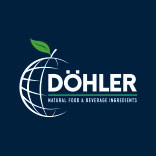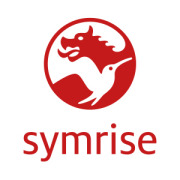News
Bubbling opportunities in non-alcoholic drinks
10 Nov 2019The market for no- and low-alcohol beverages is growing as more consumers are choosing to drink less alcohol. How should manufacturers approach product development in this burgeoning sector?
According to Mintel, many companies have found success in the sector by offering something special that differentiates a no- or low-alcohol drink as something to be savoured, rather than positioning it in direct competition with mainstream soft drinks.

Drinks like specialty iced teas, flavoured waters and home-style lemonades are at the thick end of the wedge, but more specialist beverage makers seek a position of equivalence with alcohol, such as pioneering brand Seedlip, a non-alcoholic plant distillate intended to be used with mixers in a similar way to spirits. The company has said that price continues to be a psychological hurdle, but many consumers are starting to consider premium no-alcohol beverages as more than just a pale comparison to ‘the real thing’.
Companies have been offering sophisticated flavours for low and no alcohol drinks for years, particularly in markets where alcohol is not part of the mainstream culture, such as in certain North African and Middle Eastern countries. The region accounts for about 35% of the global alcohol-free beer market, according to Euromonitor, and flavour companies like Symrise and Doehler supply specialist malt flavours for this market – although they tend to refer to ‘malt beverages’ to avoid any alcoholic connotation.
In western countries too, consumer attitudes to alcohol are changing. Global figures from market researcher IWSR show sales of alcoholic drinks have fallen for six years running. Meanwhile, sales of soft drinks and low and no alcohol beer and spirits are on the rise. Non-alcoholic beer sales, for example, rose 19% from 2016 to 2017, according to Kantar Worldpanel. Younger consumers in particular are thought to be behind the trend, drinking less than their parents did at the same age, and research from Nielsen suggests they are willing to pay more for non-alcoholic drinks.
Even the world’s biggest alcoholic drinks manufacturers are aiming to get in on the act. In Australasia, for example, alcohol heavyweight Lion has pledged that 10% of its sales will come from alcohol-free brands. And Distill Ventures – backed by British liquor and spirits giant Diageo – is another company investing in the sector. It has provided £60 million of funding to 15 brands since 2013, including Seedlip.
With a burgeoning market for no and low alcohol drinks, the key is tapping into what makes a beverage fit for a special occasion if it also happens to be non-alcoholic. For as many as two in five consumers, this will mean low in sugar, according to Mintel. Other than that, manufacturers should consider refreshing, unique flavours, natural ingredients and how well the drink pairs with food.


